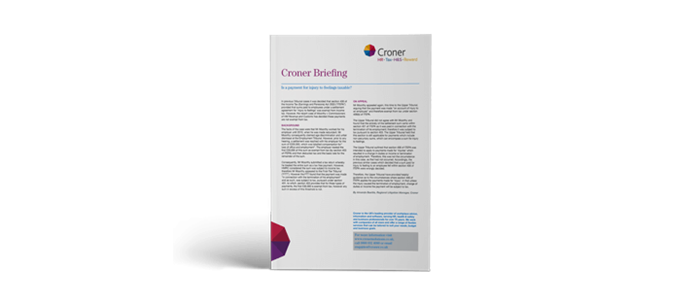Whether you’re running a small business with one or two employees, or a huge and bustling business empire, we all must pay tax. We understand that getting to grips with employment law, including taxation, is probably the last thing you want to do, but it is an unavoidable and incredibly important part of the success of your business. Staying informed on any changes to taxation and getting in touch with Croner on 0808 501 6651 can support you and your business to always do things by the book.
